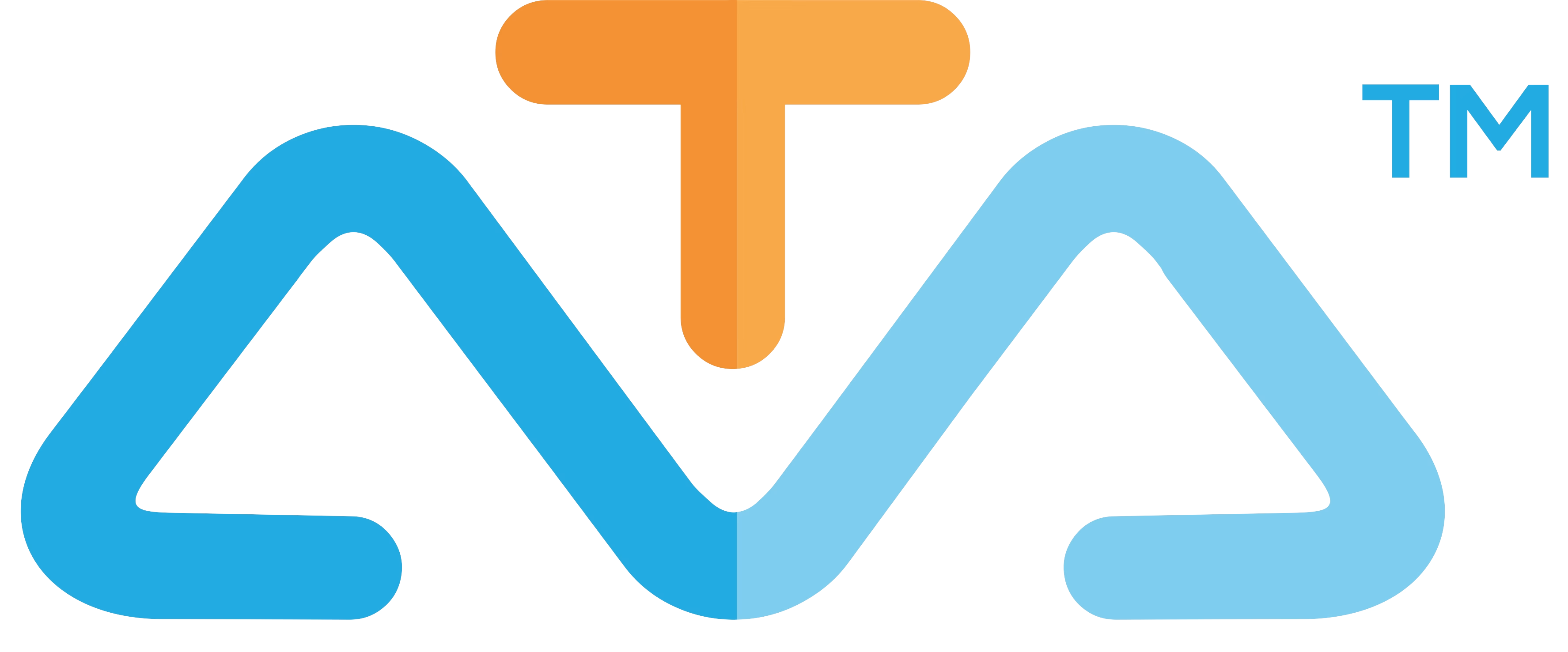Embedded System Engineer

Advanced Microcontrollers (AMIC)
Duration Days : 06

Advanced Embedded C (AEC)
Duration Days : 06

Certified Embedded System Developer (CESD)
Duration Days : 90

Robotics (ROB)
Duration Days : 06
BENEFITS OF EMBEDDED SYSTEM ENGINEER
- Practical Training of different hardware and software at one location.
- Separate system for each participant.
- Expert Faculties.
- Once you are the part of Alphatech Lab will be provided lifetime for Practice.
- Good track record of executing the turn-key solutions.
- Fully equipped modern facility.
BENEFITS OF EMBEDDED SYSTEM ENGINEER
- Practical Training of different hardware and software at one location.
- Separate system for each participant.
- Expert Faculties.
- Once you are the part of Alphatech Lab will be provided lifetime for Practice.
- Good track record of executing the turn-key solutions.
- Fully equipped modern facility.

Real Time Operating System (RTOS)
Duration Days : 06

Advanced Risk Machines (ARM)
Duration Days : 06

PIC Microcontrollers (PIC)
Duration Days : 06

Serial Communication Bus (SCB)
Duration Days : 06
AMIC : Advanced Micro-controller based System design using assembly language
• Pin Diagram, Block Diagram 8085 and 8051, Timing and Clock, Reset circuitry
• Memory Architecture
• Addressing Modes
• Instruction set
• Interfacing of LED
• Interfacing single seven segment display,
• Multiplexing of four seven segment displays
• Counter application
• Key-pad scanning without interrupt
• Timer and Interrupt structure
• Interrupt based Display Driver for seven segment display
• Interrupt based hex -key pad Driver
• Stop watch Application
• Development of directory structure
• Introduction to conditional assembly structure
• Software & Hardware drivers for LCD
• Uart, RS232 interface, RS485, null modem configuration, Stopwatch on hyper terminal.
AEC : Advanced Embedded C
• Introduction to C programming, Data types, Format specifiers, Qualifiers, Operators, decision control structure.
• Loop control structure, Functions.
• Arrays, strings, storage classes.
• Pointers.
• Arithmetic operation on Character, Type casting, creating a header file, use of Global variables.
• File handling in C,
• C for 8051, introduction to SPJ compiler.
• Interfacing of LCD display
• Interfacing of Seven-segment display.
• Interfacing of Keypad and LCD.
• Interfacing of Keypad and seven segment display
SCB : Serial Communication Bus
I2C
• Understanding Serial buses
• What is I2C
• Understanding I2C Protocol
• Learning different I2C Devices
• Interfacing various I2C Devices
• Developing Drivers for Various I2C devices as follows
RTC – PCF 8563
Initialize RTC, Set RTC, Read RTC, Warm and Cold Boot. Alarm setting on RTC.
EEPROM- 24c32
Setting Parameters and Password Programs
ADC/DAC – PCF 8591
Controlling LED Intensity, Blink Rate and Buzzer Tone through POT.
Signal Generator (square, triangular, sine and cosine) with Amplitude control.
PORT EXPANDER – PCF 8574
Connecting LCD to Port Expander.
CAN Bus
• Understanding Serial buses
• What is CAN?
• Understanding CAN Protocol
• Learning CAN Controller MCP2510
• Understanding CAN Transceiver MCP 2551
• Interfacing CAN Controller and Transceiver
• Developing Nodes and writing drivers for them
• Implementing complete CAN Model
SCB : Serial Communication Bus
ROB : Robotics
Introduction
• Degree of Freedom
• Do it yourself kit
DC Motor
• Applications of DC Motor in Robotics
• Theory of DC Motor
• Hardware and Software Interface of DC Motor
• Demonstration of DC Motor on Robotic Kit
Stepper Motor
• Theory of Stepper Motor
• Hardware and software Interface of Stepper Motor
• Demonstration of Stepper Motor on Robotic Kit
• Applications of Stepper Motor
Servo Motor
• Theory of Servo Motor
• Hardware and Software Interface of Servo Motor
• Applications of Servo Motor
• Demonstration of Servo Motor on Robotic Kit
Sensors
• Theory of various Sensors
• Hardware and Software Interface of Touch and Light Sensor
• Applications of Sensors
• Demonstration of Sensors on Robotic Kit.
RTOS : Real Time Operating System
• Define Real Time Operating Systems (RTOS)
• Comparison between normal (traditional) OS and Real Time OS
• Why RTOS is required in Embedded systems
• How RTOS helps to increase the scalability
• Basic architecture
• Types and features
• Hard time systems
• Real time kernels
• Multitasking techniques
• Real time scheduling
• Interrupts service routine (ISR)
• Shared Resources
• Preemptive and non preemptive kernels
• Priority and its inversion
• Interrupt latency
• Kernel initialization
• Semaphores management
• Designing RTOS scheduler.
• Implementation of Debug code and use of Debug as a tool
• Designing & Implementation of RTOS code on 8051 system.
ARM : Advanced Risk Machine (ARM)
Features in RISC Architecture: – From hardware point of view
ARM processor cores. ARM 7TDMI, ARB, ARM9TDMI, ARM10TDMI comparison study.
ARM Organization and Implementation, 3-Stage Pipeline ARM Organization, 5 – Stage Pipeline ARM Organization, ARM Instruction Execution, ARM Implementation, The ARM Coprocessor Interface.
Memory format
Memory Hierarchy, Memory Size and Speed. On-Chip Memory Caches Memory Management.
Instruction length
Data types
Memory Interface and co-processor interface
Use of ARM based IDE ( Keil & SPJ )
Microcontroller specific programming
PIC MICRO CONTROLL ER
• Architecture of PIC micro controller
• Device overview (PIC 16F family/ PC 18 F Family)
• Memory organization
• Data EEPROM & flash memory
• I/O ports in PIC micro controllers
• Timers (T0, T1, T2) modules
• Capture/compare/PWM module
• USART
• Analog-to-Digital converter module
• Special features of 16F CPU
• Instruction set
MPLAB IDE (project creator, text editor, assembler, simulator)
Build your own serial programmer For PIC Micro controller
Ready to get started?
Get in touch, or Apply Online
Ready to get started?
Get in touch, or Apply Online
